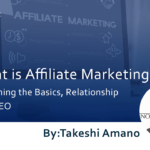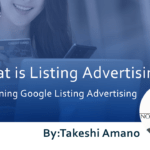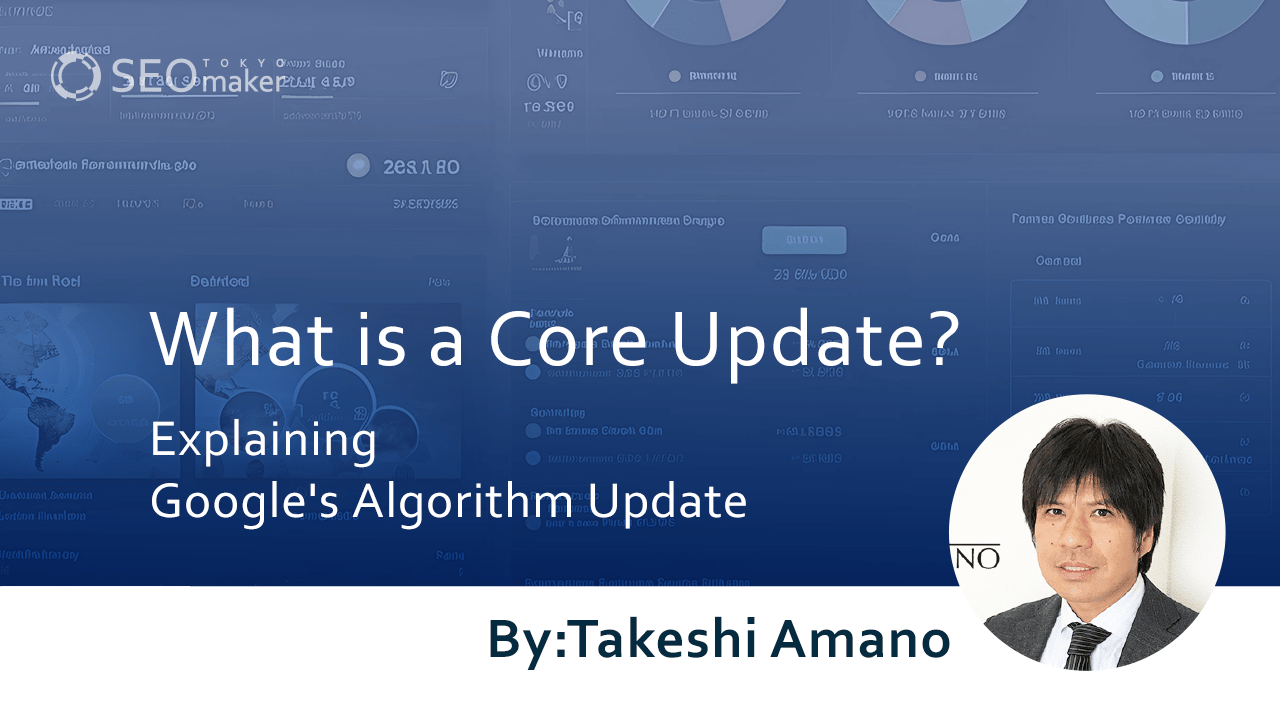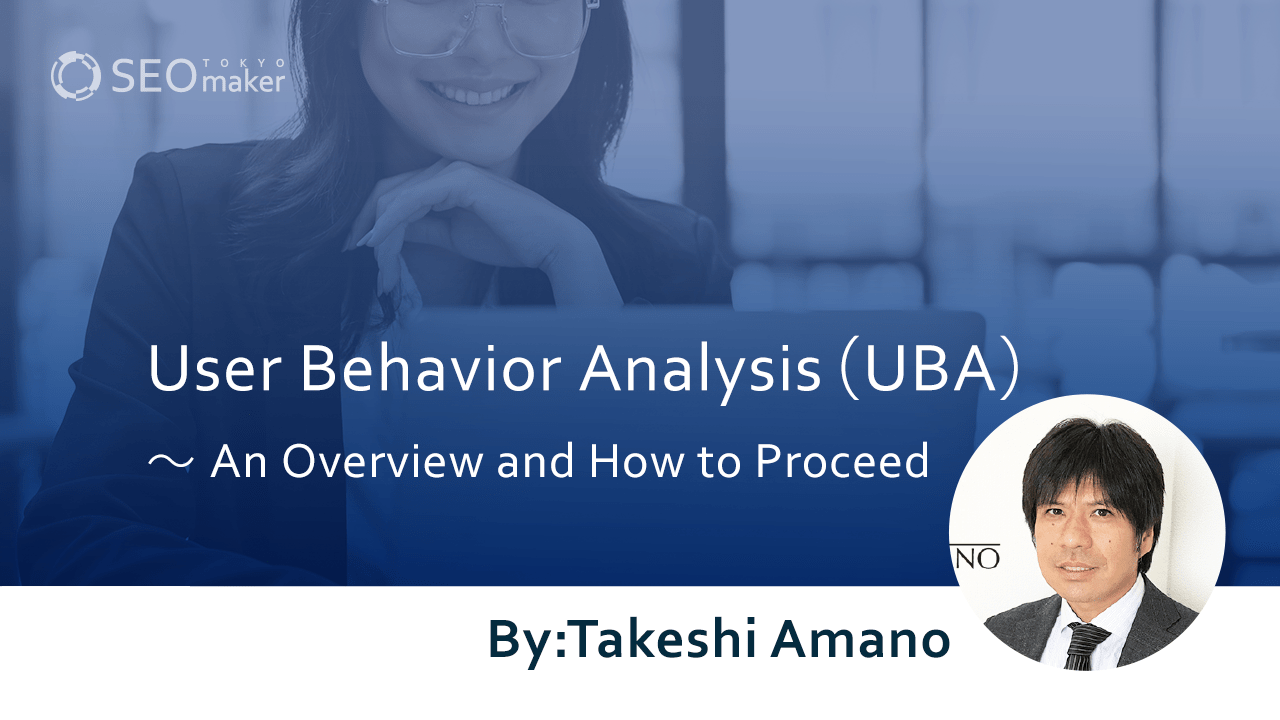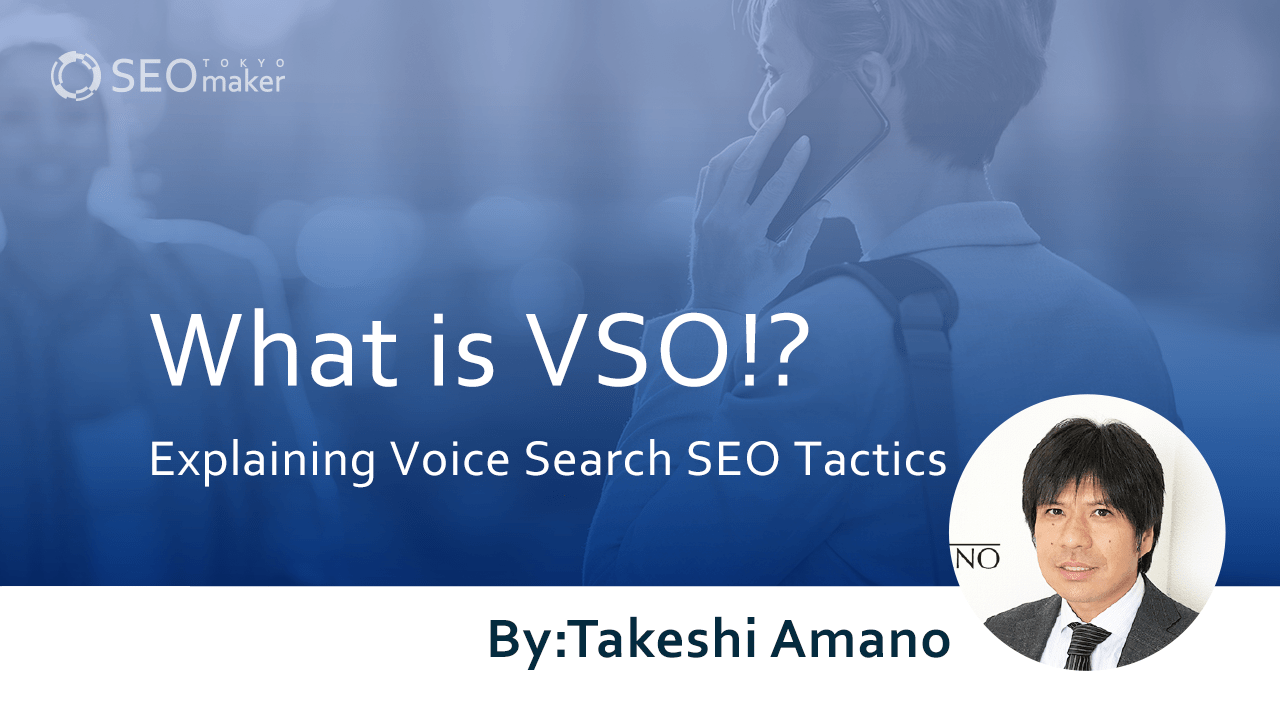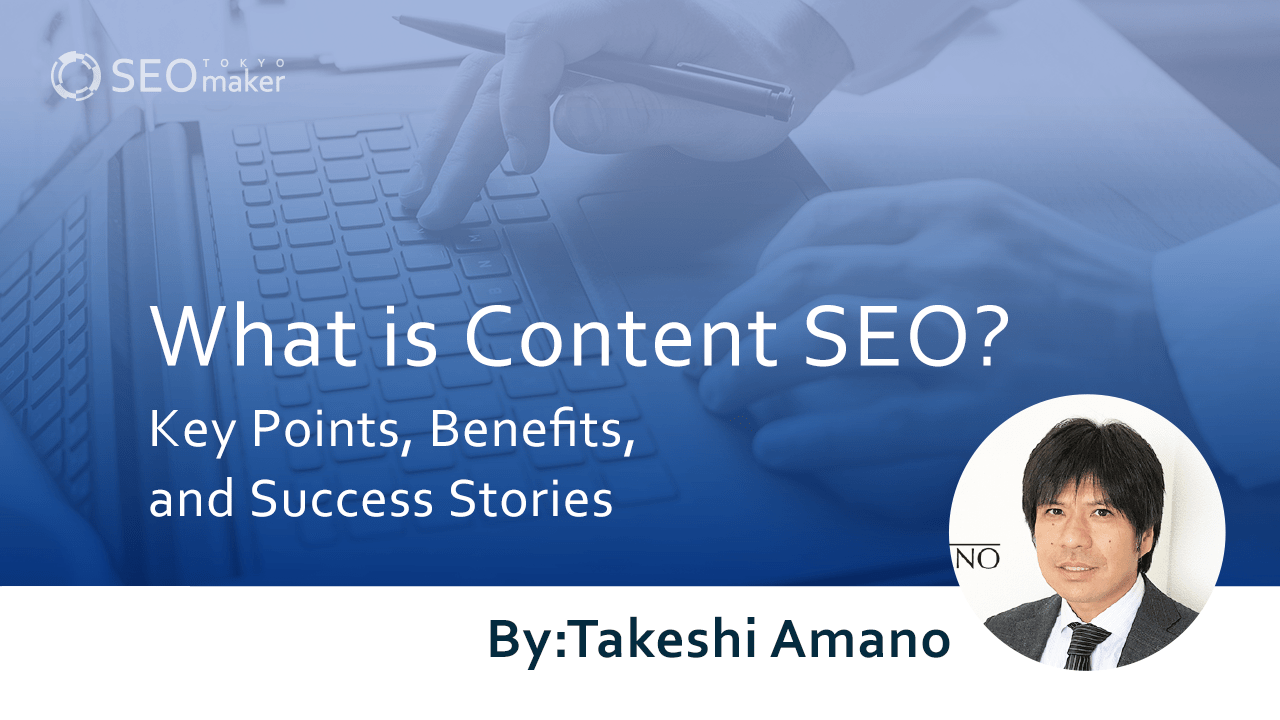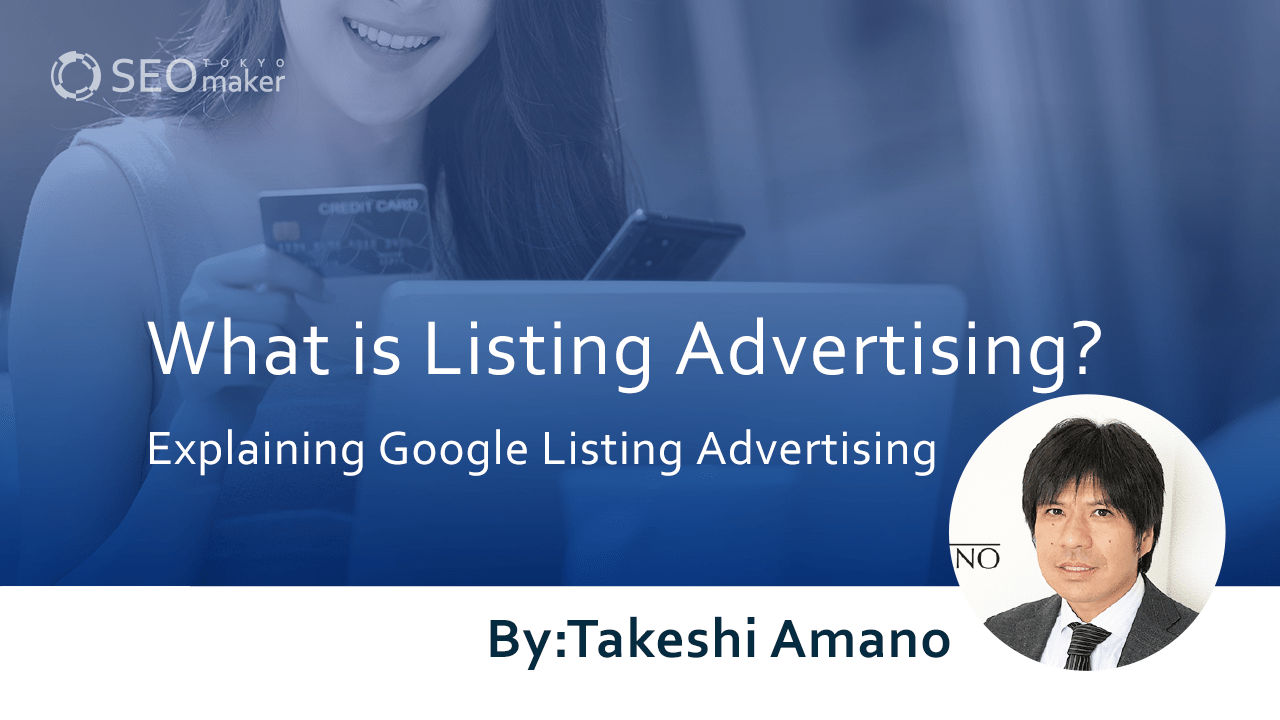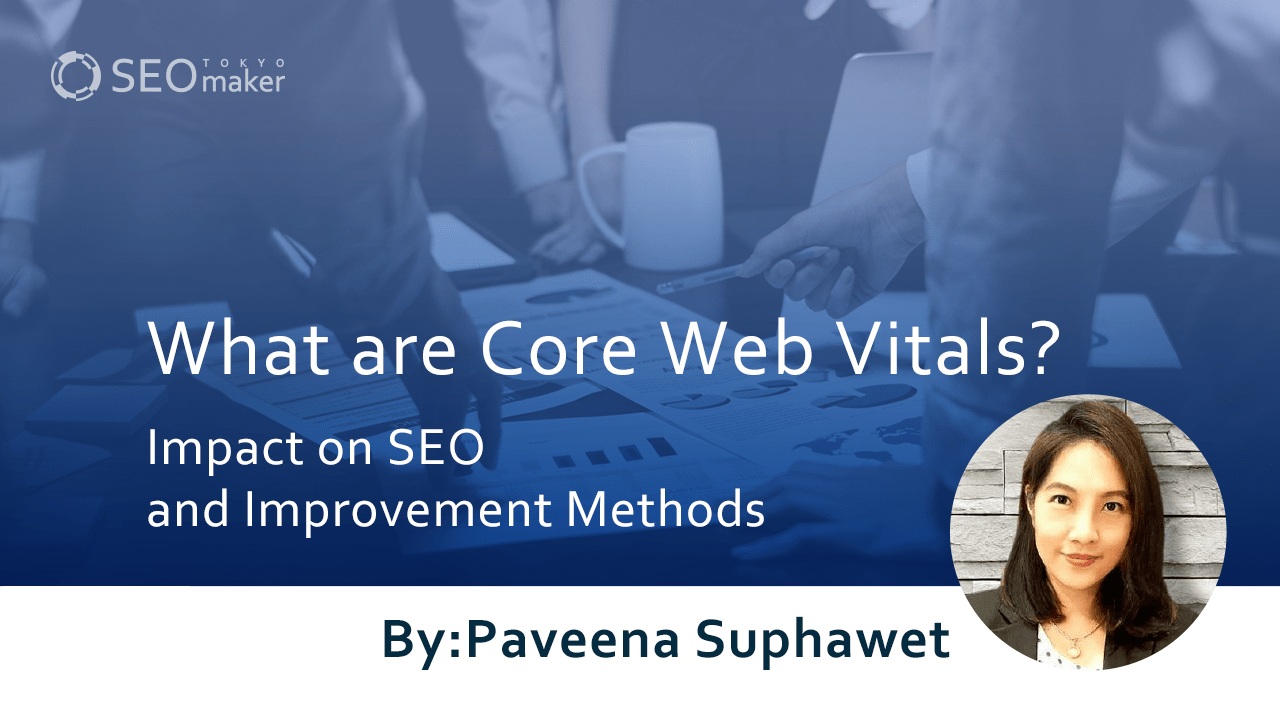What is Banner Advertising? An Explanation of Types, Advantages, and Disadvantages
contents
- 1 What is Banner Advertising?
- 2 Differences Between Banner Ads and Other Web Ads
- 3 Cost Structure of Banner Ads (Pricing)
- 4 Tips for Successful Banner Advertising
- 5 Conclusion
 Banner advertising refers to advertisements using images, videos, or GIF animations, rather than text. It aims to promote products or services on various internet sites. Having the right knowledge about banner advertising can lead to effective operation.
Banner advertising refers to advertisements using images, videos, or GIF animations, rather than text. It aims to promote products or services on various internet sites. Having the right knowledge about banner advertising can lead to effective operation.
In this article, we will explain the types of banner ads and their advantages and disadvantages. Those interested in banner ad operations should find this information useful.
What is Banner Advertising?
Banner advertising is used to promote products or services on the internet using images, videos, and animations. Here, we will detail the mechanism and types of banner ads.
For example, the large image ads next to Yahoo! news section are banner ads.

The Mechanism of Banner Ads
Banner ads appear at the top or bottom of web pages or apps when accessed. Depending on the media, they come in various shapes like square, rectangle, horizontal, or vertical.
Banner ads, using not just text but also images, videos, and animations, make a strong impression on users.
Types of Banner Ads
There are two main types of banner ads:
- Pure Advertising Type
- Operational Type
We will explain the characteristics of each type to help you decide which is more suitable for your company.
Pure Advertising Type
In pure advertising type banner ads, the same ad is displayed to all users. Contracts are made for a specified period, and ads are not shown after the contract ends.
Example: The top frame on Yahoo! homepage.
Operational Type
In operational type banner ads, the displayed ads change according to the interests of the site visitors. They require more effort to operate and measure effectiveness compared to pure advertising type banner ads.
Example: Search-linked ads (listing ads) and display ads on Yahoo! and Google.
SEO Effects of Banner Ads
Investing in banner ads does not necessarily result in significant SEO effects. Moreover, links in banner ads often have a rel=”nofollow” attribute, meaning they are not usually counted as backlinks. Therefore, relying on banner ads for SEO effects may not yield the desired results.
Differences Between Banner Ads and Other Web Ads
We will explain the differences between banner ads and other web ads in three aspects:
- Listing Ads vs. Banner Ads
- Display Ads vs. Banner Ads
- Responsive Ads vs. Banner Ads
Understanding the unique features of banner ads among various web ads is crucial.
Listing Ads vs. Banner Ads
Listing ads are displayed in search engines according to the user’s search terms. They appear at the top of search results marked as “ads.”
These ads are shown to users with relevant interests. However, unlike banner ads, they only use text for promotion, requiring more compelling content.
Google and Yahoo! listing ads can also display banner ads. Choosing display ads instead of text ads allows for banner ad display.
Display Ads vs. Banner Ads
Display ads refer to ads shown on websites like blogs. While some people consider display ads and banner ads different, banner ads are actually a type of display ad.
Display ads include not only banner ads but also text ads and responsive ads that adjust to the ad space available on the website.
Responsive Ads vs. Banner Ads
As mentioned, responsive ads are a type of display ad that automatically adjusts to the ad space on the website.
With the widespread use of the internet, users access websites through various devices, leading to different website layouts and ad sizes. Responsive ads ensure that all users see well-adjusted ads.
Advantages of Banner Ads
The advantages of banner ads include:
- Visual Impact
- Branding Effect
- Reaching Potential Customers
Visual Impact
Banner ads allow the combination of text, images, and videos, making a stronger visual appeal than text-only ads. Even if users don’t intend to read text, banner ads can automatically imprint products or services in their minds.
Enhancing design appeal increases visibility and attracts attention.
Branding Effect
Including logos and company names in banner ads can help with branding. Branding involves establishing a unique brand identity.
For example, sophisticated banner ad designs can create an impression of a stylish company or service. Catchy phrases can also make the company or service more memorable to users.
Reaching Potential Customers
Banner ads can target users with potential needs. For long-term business sustainability, it’s crucial to cultivate users with apparent needs and those who may develop them in the future.
For instance, displaying ads for recruitment agencies to users who are not immediately looking to change jobs but might consider it in the future can lead to recall when they decide to take action.
Disadvantages of Banner Ads
Banner ads also have disadvantages, which include:
- Time and Effort in Production
- Effort in Measuring Effectiveness
- Possibility of Low Conversion Rates
- Time and Effort in Banner Creation
Understanding both advantages and disadvantages helps avoid regrets like “this is not what I expected.”
Time and Effort in Production
Creating banner ads is not a quick process; it requires time and effort. It involves analyzing the appeal of the product or service and the target audience, followed by image processing, text creation, and layout adjustment.
Effort in Measuring Effectiveness
Besides production, measuring the effectiveness of banner ads also requires effort. It’s necessary to analyze various metrics like the number of displays, clicks, and conversions. Using specialized tools for analysis is recommended.
After measuring effectiveness, improvements and refinements are needed to achieve better results. This process can be burdensome for some companies.
Possibility of Low Conversion Rates
Banner ads do not guarantee high conversion rates. Ads that are obviously promotional might create resistance among users. Conversely, making ads less conspicuous can also be counterproductive.
To achieve high conversion rates with banner ads, a perfect balance in ad design is necessary. Creative design can encourage users to engage with the product or service.
Time and Effort in Banner Creation
As mentioned, banner creation involves various steps like composition, image processing, text ideation, and layout adjustment. The inability to create banners quickly is another disadvantage.
Cost Structure of Banner Ads (Pricing)
Here, we will introduce the cost structure and pricing of banner ads, divided into four methods:
- Period Guarantee Method
- Impression Billing Method
- Click Billing Method
- Performance-Based Method
Understanding each cost structure and pricing helps choose the most suitable method for your company.
Period Guarantee Method
The period guarantee method involves a fixed cost per month or year, regardless of the results. The fee varies depending on the website’s page views or the number of clicks on the banner ad.
Impression Billing Method
The impression billing method charges based on the number of times the banner ad is displayed to users. Like the period guarantee method, costs are incurred regardless of the results.
The pricing range for this method is broad, from 0.1 yen to 100 yen per impression. Discuss with the service provider to determine the cost.
Click Billing Method
The click billing method charges based on the number of times users click on the banner ad. No cost is incurred unless users click on the ad.
The typical pricing for this method is around 10 to 100 yen per click. Attractive banner ads tend to get more clicks, resulting in higher costs.
Performance-Based Method
The performance-based method charges based on the number of sales or conversions achieved through the banner ad. No cost is incurred unless a product or service is sold, making it a cost-effective and popular method.
Generally, the cost is about 20% to 40% of the sales amount.
Tips for Successful Banner Advertising
To succeed in banner advertising, consider the following three points:
- Clearly Define the Points of Appeal and User Profile
- Create Creative Content Focused on Points and Target Audience
- Improve Creatives While Operating
When deploying banner ads, keep these points in mind to increase sales and achieve results.
Clearly Define the Points of Appeal and User Profile
Randomly deploying banner ads won’t yield satisfactory results. To achieve effects like product purchases or conversions, it’s essential to clearly define the points of appeal and user profile.
Analyze your company’s strengths and values, then envision the appropriate user profile. Once the value and user profile are clear, you can display suitable banner ads. Although analysis takes time and effort, it’s a crucial step that influences results, so investing resources is recommended.
Create Creative Content Focused on Points and Target Audience
Next, create creative content that reflects the points of appeal and target audience. For example, if targeting young women, stylish or cute designs are effective.
For business professionals, sleek and sophisticated designs are preferable.
To create appropriate creatives, understanding the target audience’s preferences is necessary. Use social media for analysis.
Improve Creatives While Operating
Banner ads are not a one-time effort. To achieve high results, it’s necessary to refine and improve the ads after deployment.
Analyze metrics like display numbers, click rates, and conversion rates, then create more attractive creatives. Also, consider that effective banner ads vary with seasons and situations.
Conducting regular effectiveness measurements, such as weekly or monthly, can contribute to long-term sales through banner ads.
Collaboration Between SEO and Banner Advertising
When comparing banner ads with text ads in search-linked advertising, it’s clear that text ads in search-linked advertising have a higher click-through rate.
The chart below shows the actual average click-through rates for different industries in Google Ads. Search-linked advertising refers to listing ads (text ads), while GDN stands for “Google Display Network,” which allows display ad deployment through Google Ads.
| Industry | Average CTR (Search-Linked Advertising) | Average CTR (GDN) |
| Advocacy | 4.41% | 0.59% |
| Auto | 4.00% | 0.60% |
| B2B | 2.41% | 0.46% |
| Consumer Services | 2.41% | 0.51% |
| Dating & Personals | 6.05% | 0.72% |
| E-Commerce | 2.69% | 0.51% |
| Education | 3.78% | 0.53% |
| Employment Services | 2.42% | 0.59% |
| Finance & Insurance | 2.91% | 0.52% |
| Health & Medical | 3.27% | 0.59% |
| Home Goods | 2.44% | 0.49% |
| Industrial Services | 2.61% | 0.50% |
| Legal | 2.93% | 0.59% |
| Real Estate | 3.71% | 1.08% |
| Technology | 2.09% | 0.39% |
| Travel & Hospitality | 4.68% | 0.47% |
Source: Wordstream
Given this data, one might think it’s better to switch from banner ads to text ads based solely on click-through rates. However, banner ads can be used differently from text ads.
Banner ads can be used in conjunction with SEO and listing ads to drive initial site visits. Then, retargeting ads can be deployed through banner ads, using either images or videos.
Targeting users who have already visited the site with retargeting ads, and delivering ads through images or videos, increases touchpoints. Various approaches can be employed with image and video appeals.
Effectively using the characteristics of banner ads, which are images or videos, in a cross-marketing strategy with SEO and search-linked advertising can be beneficial for conversions.
Conclusion
Banner ads, displayed at the top or bottom of websites, are popular due to their flexibility in combining text, images, and videos. Deploying banner ads can advance branding and capture potential customers. However, the effort required in production and the possibility of low conversion rates are drawbacks that can be mitigated with proper planning. For successful banner advertising, setting a target profile and creating appropriate creatives, along with regular effectiveness measurement and improvement, are effective strategies. Additionally, there are four main cost methods for banner ads, so choosing the right one for your company is crucial. Use the information in this article to enhance your sales and effectiveness through banner ad operations.





